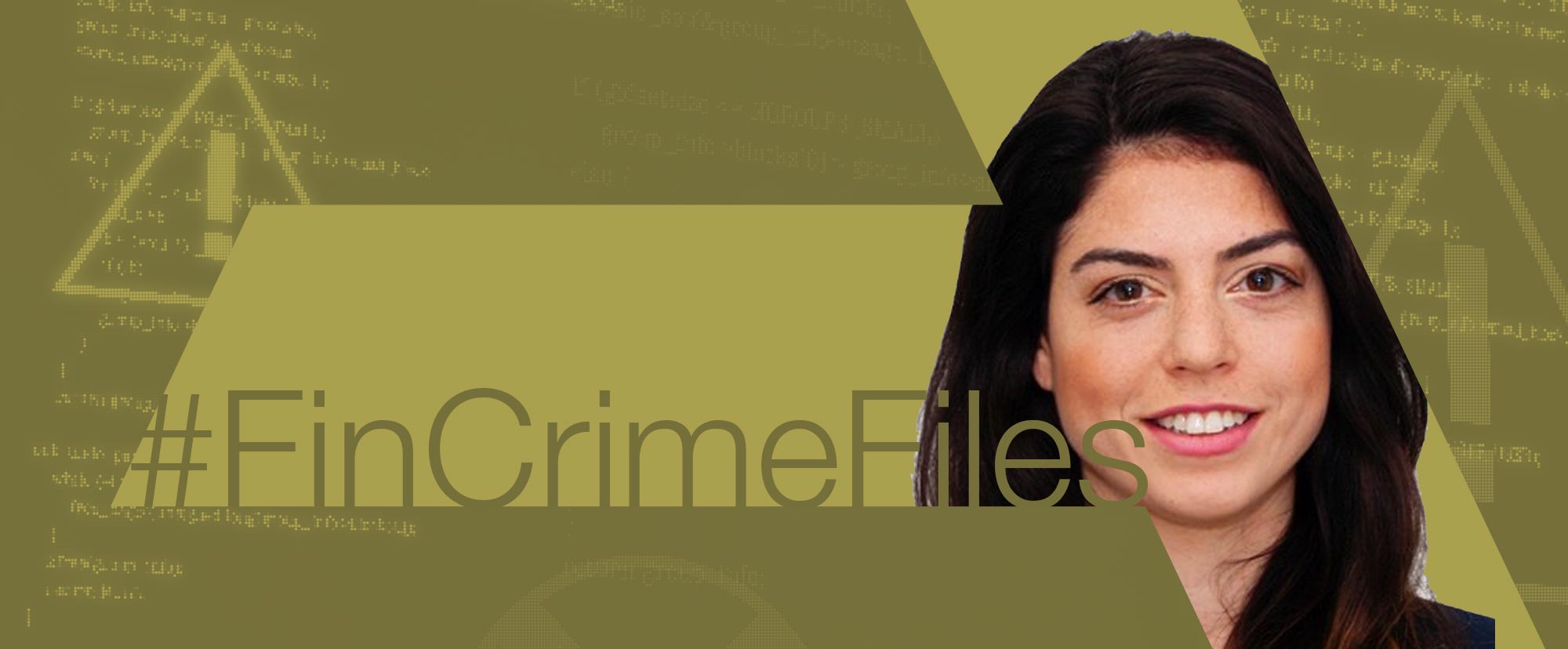
In this edition of our FinCrime Files interview series, we caught up with Nitzan Solomon, VP, EMEA Head of Surveillance and Financial Crime Technology at Nomura.
Q. Hi Nitzan, could you tell us a little about yourself and your current role at Nomura?
I am currently the head of surveillance and financial crime technology, EMEA at Nomura. I am also an advisory board member at the A-team RegTech Advisory Board. As part of my role at Nomura, I am responsible for the technology, data and systems across multiple compliance areas, including Trade Surveillance, Communication Surveillance, Transaction Monitoring, Sanctions Screening and others.
I started my career as an engineer in the aerospace industry, but I was drawn to the world of compliance technology quite early on. I have always found financial crime to be an incredibly interesting area, especially when combined with my other passion which is technology. I’m a strong advocate of using technology and data to improve the effectiveness of preventing and detecting all kinds of criminal behaviour, from money laundering to market manipulation and employee misconduct, and I believe that the amount of innovation in this space will undoubtably lead to a significant improvement in the capabilities of the compliance function across the industry.
Q. What do you consider to be the current top 3 challenges today in fighting financial crime?
Number one in my book is definitely data. Nowadays, especially with the steady increase in electronic trading volume, compliance systems require vast amount of data from various different internal and external sources. There are many different data types and formats, including unstructured data which adds to the complexity. Ensuring completeness of coverage, as well as the quality and integrity of the data, across a large number of datasets is definitely a top challenge and very little can be done to prevent and detect financial crime without having the required data in the right quality.
Second would be identifying the Ultimate Beneficial Owner (UBO). Criminals are becoming more sophisticated and are using shell companies and complex ownership structures. This is particularly challenging in areas such as trade-based money laundering and cryptocurrency.
Third would be the operational challenge. Compliance departments must handle a very large and ever-increasing volume of alerts. Most of the alerts are false-positives but the compliance team members have to spend an enormous amount of time weeding through trying to identify the ones that require escalation and dedicate enough time to conduct investigations and follow up where needed.
Q. You presented at the (virtual) AML & KYC Banking Summit on how to run a successful data remediation programme. This sounded very interesting – are you able to give us an idea of what this entails?
In my current and past roles, I’ve witnessed first-hand how getting it right when it comes to data can completely transform the operation and significantly improve the effectiveness. But it wasn’t easy and I have had to overcome many challenges along the way. In my presentation, I shared some of my personal experience, advising what one should be mindful of when designing such a program and what I believe a successful remediation programme should look like. Hopefully these insights could help others that are on a similar journey or are planning to embark on one.
Q. With financial crime technology being part of your remit, where do you see AI or machine learning making the biggest difference to those working in AML?
AI/ML can greatly benefit almost any process that has an element of investigation/analysis, from data cleansing, integration and enrichment through better detection and increased accuracy to various efficiency gains. Over time I believe that both the number of use-cases in the AML space as well as the maturity of the solutions that are available on the market will continue to grow rapidly.
At this point in time I believe that the biggest difference is when these techniques are deployed to support data analysis and management, automated tuning, and to optimise operational efficiency. AI/machine learning solutions can support the alert disposition process and enable analysts to spend less time on reviewing false positive alerts, and more time focusing on alerts that are more suspicious and require further investigation. Various techniques can be employed to either automatically close alerts or keep them open, but add scoring/recommendations to assist the analyst in the decision-making process based on the output of AI/ML algorithms. Additional use cases where AI/ML that are becoming increasingly prevalent are KYC and network analysis, sanctions/adverse media screening, and detecting patterns and suspicious activity in trading/payments.
Q. Which key influencers/podcasts/blogs/books do you recommend to keep up-to-date with the latest developments in AML and financial crime? Or, where do you find inspiration in general?
This is an ever-growing list, there are so many talented and interesting people. I enjoy reading articles and posts from Nirvana Farhadi, John Cusack and Sian Lewin, I always find it insightful. Nirvana and Sian in particular are great role models for women in the industry. The ‘Financial Crime Matters’ podcast often has interesting guests on, and then I can go on and do further research on the bits that interest me the most. There are quite a few people that I draw inspiration from. It may sound corny but the reality is that whether it’s friends, mentors, or public figures, the common denominator is that they are all people who are passionate about what they do, especially when focusing on a good cause, and are striving to be the best version of themselves.

